What is the Image File Format? Data related to the image can store in an image format. The types of data saved in each format of an image are compressed, uncompressed, and Vector. There are different advantages and disadvantages of each image. There is more information about the formats below. However, A compressed image is usually saved as JPEG or TIF file. When the file size is too small, these files lose their quality. The image can save in any format when it’s in the uncompressed format.
Types Of Image File Format
Whether you are a designer or not, you must know which file formats you can use to prepare a project for a specific type of medium. Choosing the right file format is so crucial, based on your working type, because it is just as important as the whole project you are going to do.
There are so many types of image file formats out there according to the need of sharing images in different sectors. You also realize the difference between a native file format and an image file format if you want to go smoothly.
As you are here to gather some knowledge about the Image File Format, we’re offering you some extra options which you must have in your mind.
Here are some different types of image file format,
JPG Image File Format:
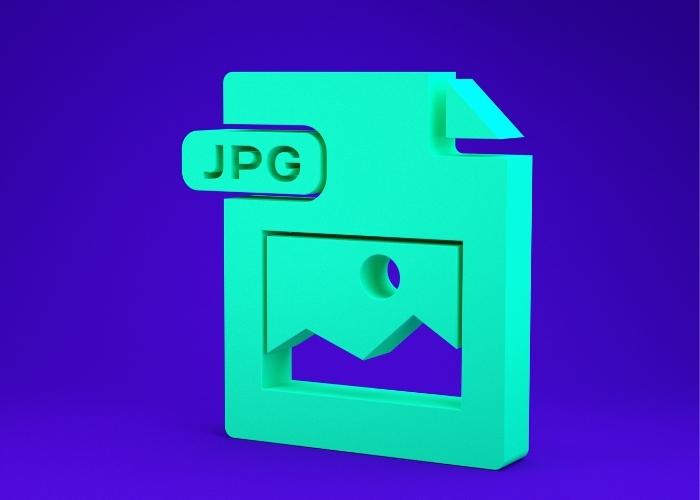
It stands for the joint photographic group format. It is one of the most popular file formats for photos. Therefore you can easily edit your pictures using this format.
JPEG is probably the most well-known of all image file formats. It is used by many cameras as the default output.
You should keep in mind that JPG files are compressed in the camera and this results in loss of detail and quality. These are basically set up to store as many pictures as possible on the memory card
Some cameras will have different JPEG quality level options (e.g., low, medium, and high). The better the image quality, the less compression the camera will have on the original photograph.
Generally speaking, JPEG should be used:
- When photos are for personal use, social media, albums, and small print and not for large print
- When you don’t want to over-enhance or edit photos in post-production
- To share pictures via email
JPG Benefits
- Smaller file size means more images can store on a single memory card
- Fast file transfer time due to small file size
JPG Negatives
- Loss of quality due to image compression
- There is less scope for image manipulation in photo-editing software
PNG Image File Format:
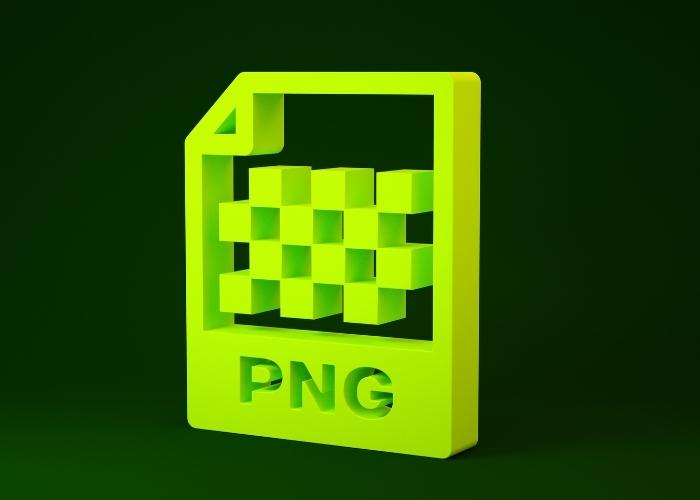
It stands for Portable Network Graphics. PNG stands for Portable Network Graphics. This is a native file format. You can easily edit your images using this format.
It is designed in the 90’s as an improvement over the GIF file format. But PNG files are ideal for use on the Internet.
PNGs are compressed in a harmless format, and so hold all the details. But unlike other file formats, PNG quality doesn’t mean large file sizes – and it’s useful on the Internet because you need pages to load faster.
Another advantage of PNG files is that they allow partial and complete clarity, which is ideal for overlays and logos.
PNG Benefits
- Lossless compression produces good image quality, which is not compromise when editing
- Ability to maintain transparency, which is important for graphics like overlays and logos
PNG Negatives
- The quality is not good enough for printing in any shape
GIF:
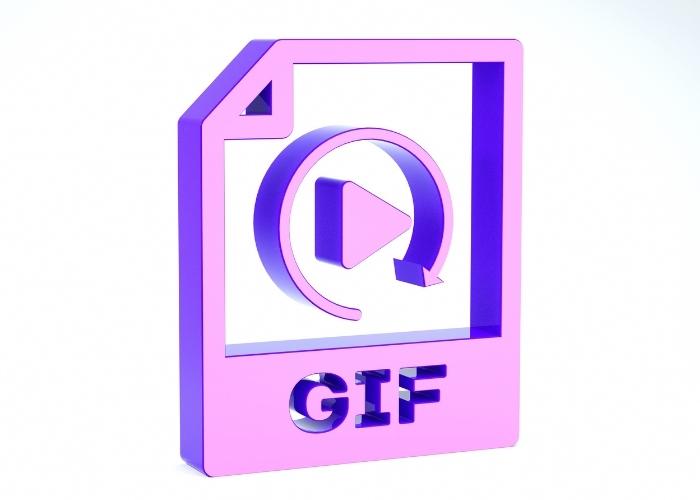
It stands for the graphic interchange format. GIF is an easy-to-use and popular image format. It has developed by CompuServe in 1987.
Likewise PNG, GIFs are ideal for Internet use. Lossless compression means image quality is not compromised. GIFs like PNG have the ability to maintain transparency (although they do not support partial transparency).
GIF is the only animate image format support in all major web browsers. The GIF supports clarity and animation and can highly compress to reduce file size.
GIF is a harmless raster format that is the best used for animated graphics where a few colors are required. GIF only supports 256 colors that is to say they are not recommended for storing photos.
Image editing programs like Adobe Photoshop, GIMP, Microsoft GIF Animator, GIF, and GFCAT can use to create GIFs.
GIF Benefits
- The small file size makes GIF files ideal for use on the webpages
- Files may contain animations
GIF Negatives
- Limited colors make GIFs a bad choice for photos
- GIFs do not support partial clarity like Drop Shadow
TIFF:
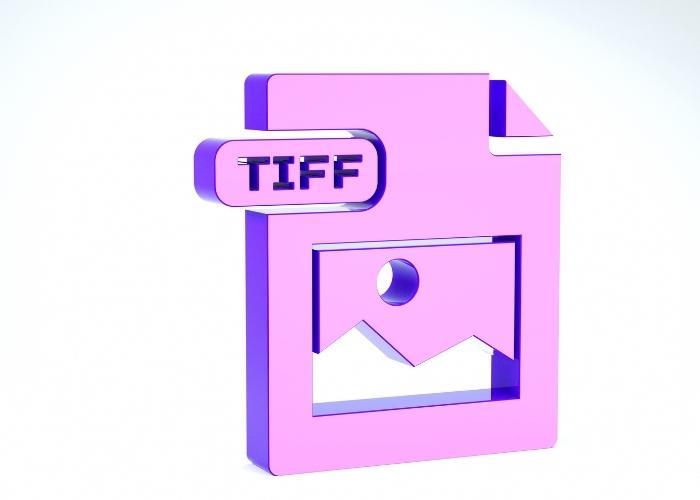
It stands for the Tagged Image File Format. This file format is also used for storing images as well as editing them.
TIFF is using, commonly in the photography industry; This is usually requested by publishers. Even if the format of the last file is a JPEG, the primary file is often a TIFF.
TIFF files are usually uncompressed, so they allow for extensive post-processing. And because TIFFs are uncompressed, they tend to have much larger files. So this type of file takes up a lot of space on both your memory card and your computer.
Some cameras offer TIFF as their highest quality image distribution.
TIFF Benefits
- It has the ability to manipulate photos extensively in editing software
- High quality and much larger print options
TIFF Negatives
- Larger file size (so more storage is require)
- Due to the size of the file transfer and loading takes a lot of time
PDF:

It stands for the portable document format. PDF stands for Portable Document Format. It is one of the most common formats used for sharing documents. You can also use this file format for saving your data.
PDFs were invented by Adobe for the purpose of capturing and reviewing rich information from any application, on any computer, with any person, anywhere. I would say they have had enough success so far.
If a designer saves your vector logo in PDF format, you can view it without any design editing software (unless you have downloaded the free Acrobat Reader software), and they have the ability to use this file for further manipulation. So, this is by far the best tool for public graphics sharing.
PDF Benefits
- The indexable and searchable text makes it deeply perfect for infographics or reports.
- May include links, CTA buttons, and other interactive elements.
- Lossless scalability.
PDF Negatives
- Web content cannot include, must load and read as a separate file.
BMP:

It stands for bitmap. BMP stands for Bitmap. It is using, widely file format for storing images. you can also easily edit your images using this format.
Another harmless Image File Format, BMP was invented by Microsoft, primarily for use on Windows platforms. However, BMPs are now also recognized by Mac programs.
BMPs are large files because color data is stored in each pixel without any compression. As a result, BMPs provide a high-quality digital file, which works great for use in print but is not ideal for uploading to the web.
BMP Benefits
- Images can use for printing because of their high quality
BMP Negatives
- Due to the large size of the file requires a lot of storage
PSD:
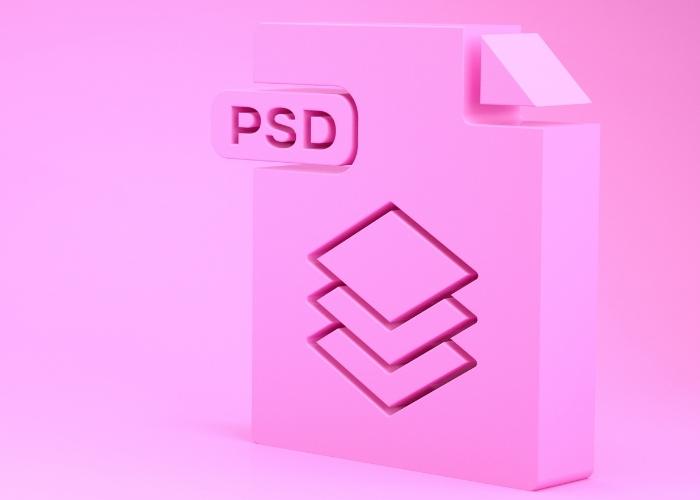
It stands for Photoshop. PSD is one of the most used file formats for storing images as well as for editing them.
This is the file type that Adobe Photoshop uses by default to store data. The great advantage of PSD is that it allows manipulation of certain individual layers instead of the original image.
This makes PSDs absolutely essential for any kind of elaborate manipulation of the original photograph, such as retouching. Similarly, PSDs give a lot more flexibility to add, move or edit layers at any time without affecting the original photo and give the ability to fine-tune an image.
But remember:
Once a layered PSD file is flat (it basically merges all the layers), it cannot be undone. If you want to rework some later levels, make sure you save your file as a PSD before leveling.
PSD Benefits
- Ability to manipulate images extensively at individual levels
- Once the image is ready, it can re-save as any other Image File Format
PSD Negatives
- Layered files can be incredibly large in size due to all the extra data they store
SVG:

It stands for Scalable Vector Graphics. SVG stands for Scalable Vector Graphics. This is a native file format. You can easily edit your images using this format.
SVG is an extensible markup language (XML). Vector-base images are also used to describe two-dimensional graphics created by the World Wide Web Consortium (W3C).
However, SVG does not use pixel formatting which allows the image to scale and maintain high quality. These files also support Transparent Backgrounds. It can also open in Image-Editing software and web browsers.
An SVG file is an ideal format for logos, icons, and general images. Because they provide the sharpest quality graphics compared to PNG and JPG (in that order).
SVG Benefits
- Universal browser support.
- Small file size.
- Loss-free scaling for basic shapes and text.
- Supported by illustration software.
SVG Negatives
- Not an ideal format for pictures or complex drawings
- Not all CMS platforms support it, but there are solutions
- Some default image editors are not support
EPS:

It stands for Encapsulated PostScript. EPS stands for Encapsulated PostScript. It is one of the most popular file formats used for storing images as well as for editing them.
EPS is a file in vector format designed to create high-resolution graphics for printing. Almost any type of design software can create EPS.
The EPS extension is a universal file type (much like a PDF). It can be used to open vector-based artwork in any design editing software, which is not just a simple Adobe product. This protects file transfers to designers who are not yet using Adobe products but are probably using Corel Draw or Quark.
Image File Format: Conclusion
Now that you have finished this article, you know all the common Image File Formats.
Working with images is much more complicated than you might think at first glance. Hopefully, this guide provides a better idea of the types of standard Image File Formats. Also which ones are best suited for your project.
Professional photographers typically capture their images in RAW format (even if the final file is a JPEG), then convert those files to DNG, then edit in software such as Photoshop or Lightroom.
But you see, choosing the right file format when capturing the original photo – then choosing the right file format when saving the photo – is absolutely essential.
So, what is your favorite image file format? Do you use a format not mentioned in this article? Share your thoughts in the comments below!




